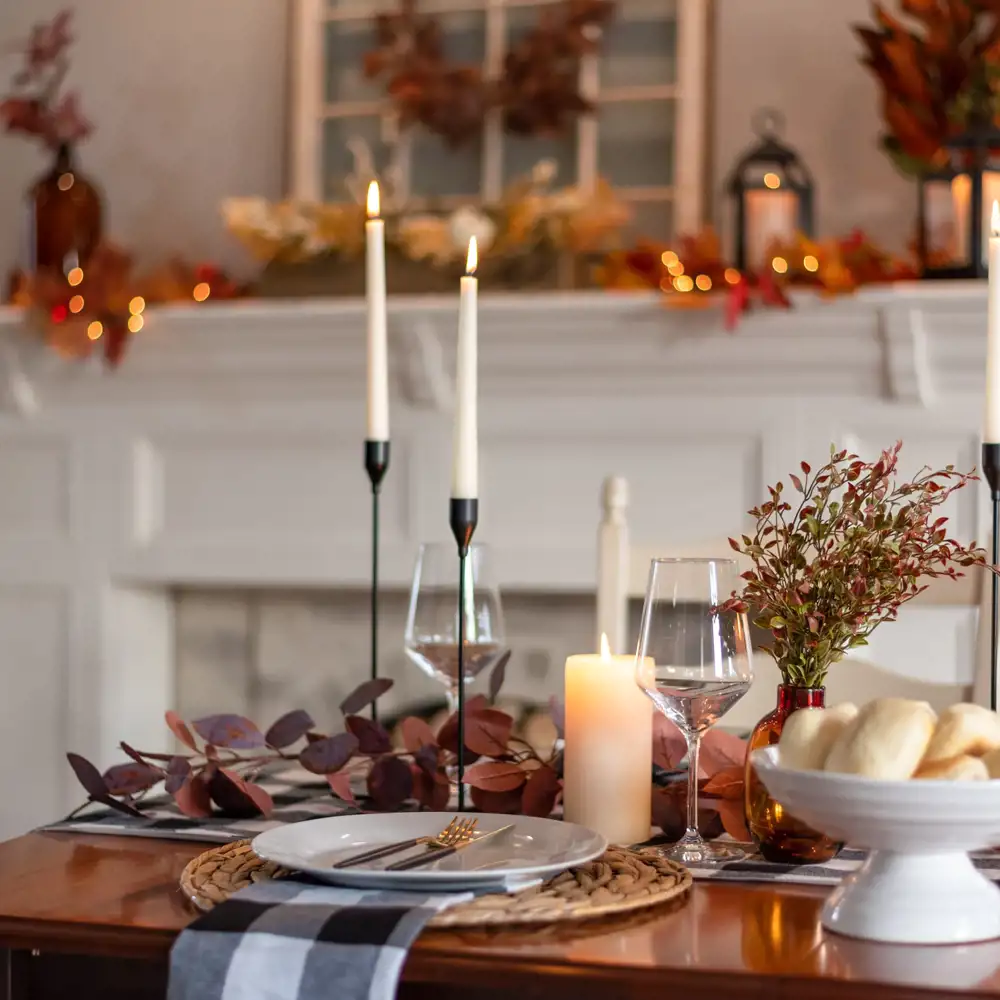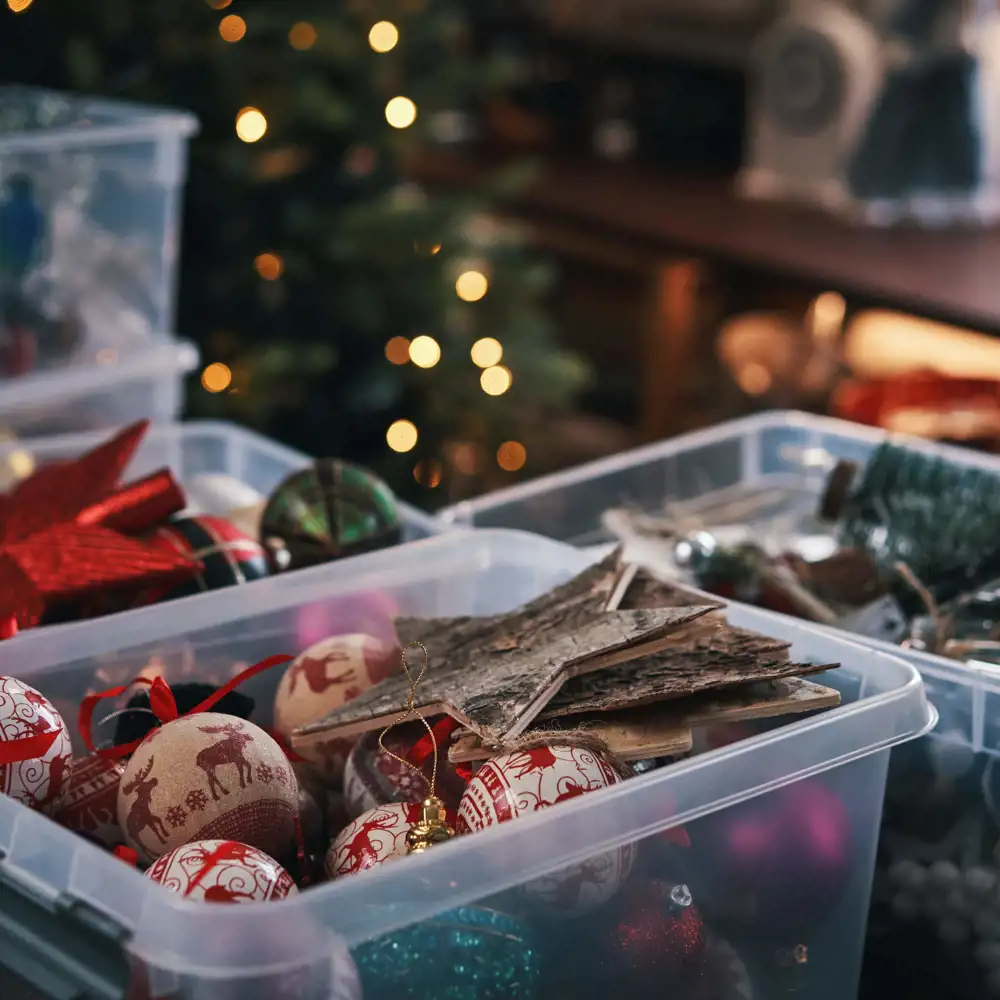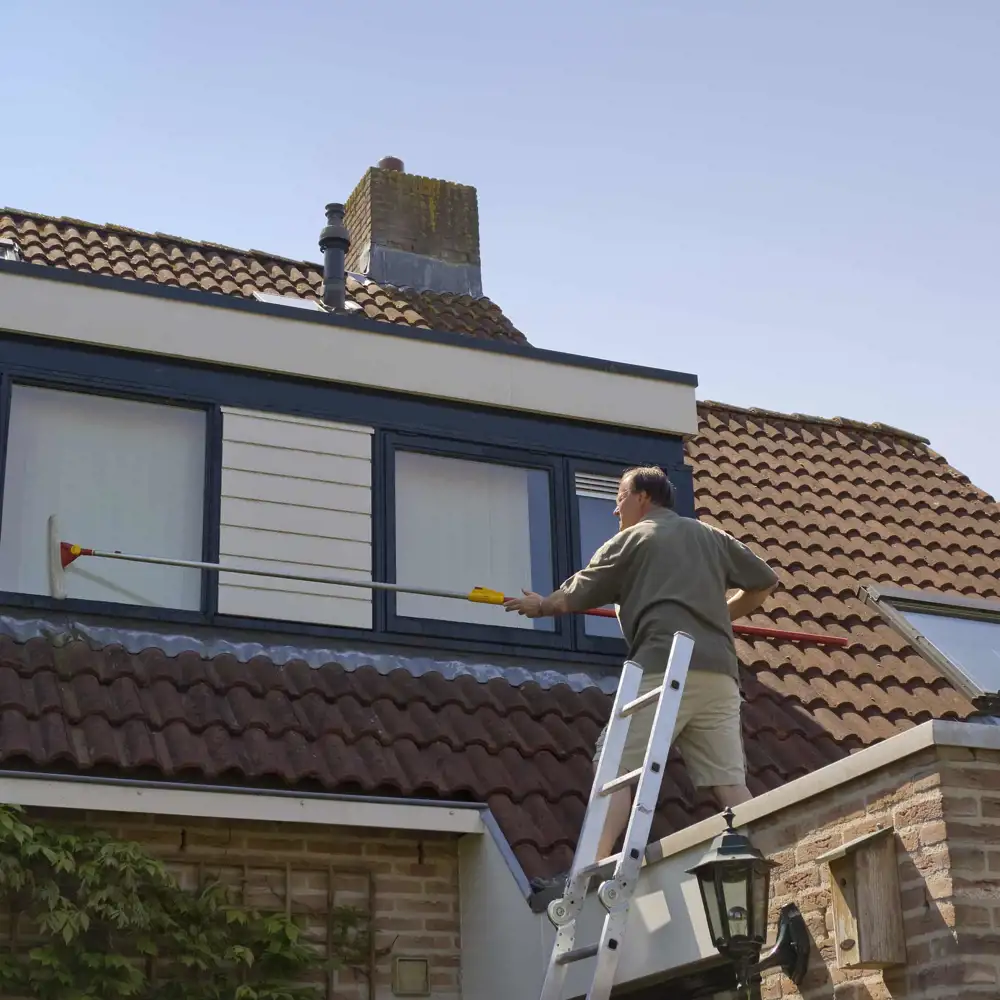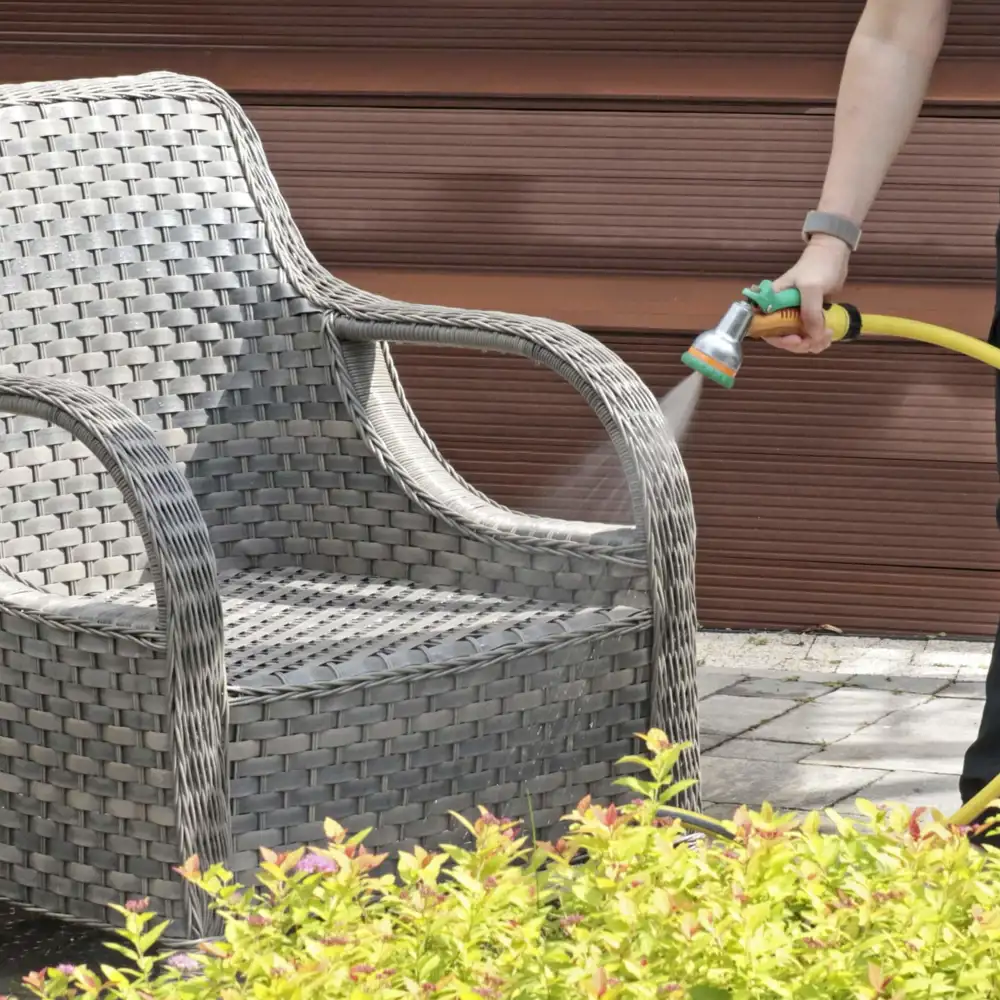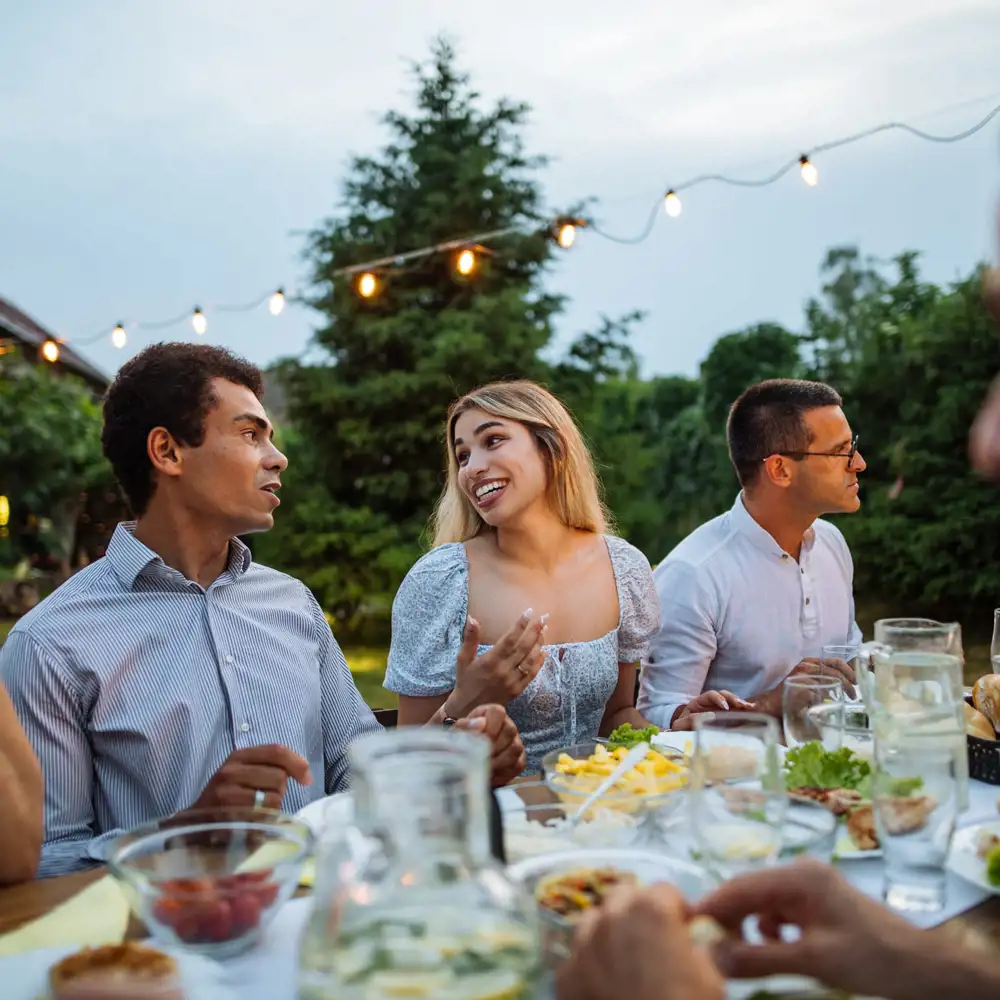An outdoor space should feel like a mini retreat — a place to unwind with your morning coffee, host friends or simply enjoy the fresh air. But that kind of relaxation can be hard to come by when your balcony faces a busy street or your backyard is just a little too visible to the neighbors.
The good news? With a few smart upgrades, it’s surprisingly easy to turn your outdoor space — no matter the size — into a private oasis you’ll actually want to spend time in. Whether you’re looking for a quick weekend project, renter-friendly ideas or creative, budget-conscious solutions, there are plenty of ways to block unwanted views and carve out your own slice of quiet.
- Plant a Living Privacy Wall
- Hang Outdoor Curtains or Fabric Panels
- Install Lattice Screens or Trellises
- Use Freestanding Privacy Panels or Folding Screens
- Create a Vertical Garden for Dual Functionality
- Add Shade Sails or Canopies
- Strategically Place Outdoor Furniture and Accessories
- Use Storage for Seasonal Privacy Solutions
1. Plant a Living Privacy Wall
There’s a reason so many outdoor spaces lean on plants for privacy. Nothing softens a space, filters sound and blocks a view quite like greenery, whether you have a sprawling backyard or a compact city balcony.
For balconies, think vertical. Tall planters with bamboo, ornamental grasses or dwarf evergreens create an instant screen without taking up too much floor space. Hanging planters with trailing vines such as pothos or ivy are another great way to create visual separation, especially if your balcony railing feels exposed.
In backyards, climbing plants and hedges are your best friends. Consider:
- Lattice panels with fast-growing vines like clematis or jasmine — they’ll fill in quickly and add greenery and fragrance.
- Container-grown bamboo, which is tall, dense and perfect for patios or along fences.
- Hedges like arborvitae or boxwood, ideal for a more permanent, structured look.
The key is choosing plants that suit your climate and maintenance preferences, and positioning them strategically to block sightlines without sacrificing natural light. Over time, a living wall both creates privacy and turns your outdoor space into something that feels lush, intentional and inviting.
2. Hang Outdoor Curtains or Fabric Panels
Outdoor curtains are an easy and affordable way to quickly transform a space. They’re elegant, simple to install and incredibly practical when you want privacy on demand.
For balconies, a tension rod along the ceiling or a set of weather-resistant hooks can support lightweight curtains that draw closed when you need a little seclusion. Look for fabrics designed for outdoor use — they’ll resist mildew and fading, and you can tuck them away when cooler weather rolls in.
In backyards, outdoor curtains are perfect for framing pergolas, gazebos or covered patios. They offer not just privacy, but also shade and wind protection. Opt for neutral tones for a relaxed, coastal feel or make a statement with bold colors or subtle patterns.
| Tip: When the season ends, store fabric panels clean and dry to keep them looking sharp year after year. A storage bin at home works but you can also use a storage unit to keep them safe. |
3. Install Lattice Screens or Trellises
Lattice panels are one of the most versatile privacy solutions. Because of their open design, they still let in sunlight and air, making them perfect for outdoor spaces where you want to feel tucked away, but not closed off. Plus, they can be customized to your needs and double as a standalone decor piece for your outdoor space.
If you have a balcony, slim lattice panels or trellises can be attached to railings or placed in planters. Not only do they provide a structured, architectural look, but they’re also perfect for training climbing plants if you want extra greenery.
If you have a backyard, larger lattice screens can define seating areas, shield patios or run along a fence line for additional coverage. They come in wood, vinyl, metal and other materials, and can be painted or stained to match your outdoor aesthetic.
Feeling handy? This is an ideal DIY project. A simple lattice privacy screen is easy to build with a few basic materials, especially if you use pallets or reclaimed wood. If you’re up for it, check out our guide to at-home pallet projects for ideas and step-by-step guidance.
4. Use Freestanding Privacy Panels or Folding Screens
If you're looking for flexibility (or a renter-friendly option), freestanding privacy panels are hard to beat. They require no installation, come in endless styles and can be moved or tucked away whenever you need.
For balconies, folding screens made from bamboo, wood or outdoor fabric create an instant visual barrier. They’re perfect if your space feels exposed but you don't want to commit to anything permanent. And because they fold flat, they’re easy to store when not in use.
In backyards, look for larger freestanding panels that can section off a patio, shield a seating area or provide privacy around a hot tub or fire pit. Metal, resin and wood designs offer durability, and many styles double as decorative accents.
Freestanding screens are ideal if your privacy needs change throughout the day. Set them up for an evening gathering, then fold them away when the space feels quiet again. They also work just as well for short-term privacy needs while you’re exploring more permanent solutions.
5. Create a Vertical Garden for Dual Functionality
When space is limited — or you simply want to make every inch work harder — a vertical garden is a smart way to boost privacy and bring in greenery at the same time. By going up instead of out, you get the benefit of plants, screening and visual interest without sacrificing precious square footage.
For balconies, wall-mounted planters, stackable shelves and hanging pocket gardens let you cover exposed walls or railings with lush greenery. You can use them to grow herbs, flowers or even small veggies, all while creating a living privacy barrier.
In backyards, vertical garden walls can soften fences and conceal less attractive views.
Here are a few easy ways to create a vertical garden that doubles as a privacy screen:
- Wall-mounted planters: Attach rows of planters to a blank wall or fence. Ideal for trailing vines, herbs and flowers.
- Leaning ladder shelves: A wooden ladder-style shelf stacked with potted plants adds height and coverage.
- Hanging pocket planters: Great for balconies, these fabric or plastic pockets can be filled with greenery and mounted along railings or walls.
- DIY pallet garden: Another clever use for pallets — add small planters or secure garden fabric to the pallet slats for a rustic, space-saving garden wall.
6. Add Shade Sails or Canopies
Privacy isn’t always about blocking views from the side. Sometimes, it’s the space above that makes all the difference. Shade sails and canopies are a simple but effective way to shield your outdoor area from neighboring windows or balconies while adding style and sun protection.
For balconies, compact shade sails or small fabric canopies can stretch across the ceiling area or over exposed sides, reducing both glare and unwanted views from above. Many options attach with hooks or tension cords, making them a renter-friendly upgrade.
In backyards, larger shade sails can stretch over patios, dining areas or even entire seating zones. They create a defined space while offering protection from both the sun and prying eyes. Choose neutral tones for a clean, modern look, or opt for bold colors to add personality.
Most shade sails are designed for easy seasonal removal, so you can take them down in the winter and store them away, keeping them in great shape for the next season.
7. Strategically Place Outdoor Furniture and Accessories
Sometimes, creating privacy is as simple as being thoughtful with your layout. The right outdoor furniture and accessories can break up sightlines and make your space feel more secluded, even without walls or screens.
Consider these easy layout ideas to boost privacy with items you likely already have (or can add without much hassle):
- Tall planters: Arrange them along railings, patios or fences to create natural barriers.
- Benches with high backs: Place them along exposed edges to shield seating areas.
- Storage boxes or outdoor cabinets: Position them strategically to block views while adding function.
- Outdoor rugs and umbrellas: Define zones within your space and add overhead or side coverage where needed.
8. Use Storage for Seasonal Privacy Solutions
As much as you want your outdoor space to feel like a private retreat, not every privacy feature needs to stay out year-round, especially if you live somewhere with cold winters or limited space.
Folding screens, fabric curtains, potted plants and even shade sails all benefit from proper off-season storage. Keeping these items clean, dry and protected extends their lifespan and frees up valuable space at home.
A storage unit is a simple, affordable solution, especially for bulkier items you don’t want cluttering your garage, closet or entryway. Tucked away in storage, your privacy panels and fabric accessories stay in great condition, ready to set up again when the weather warms.
If you’re using a storage unit, just make sure everything is clean and fully dry before packing it away. Consider using storage bins for fabric items and breathable covers for planters to prevent damage. It’s a small step that makes a big difference when next season rolls around.


